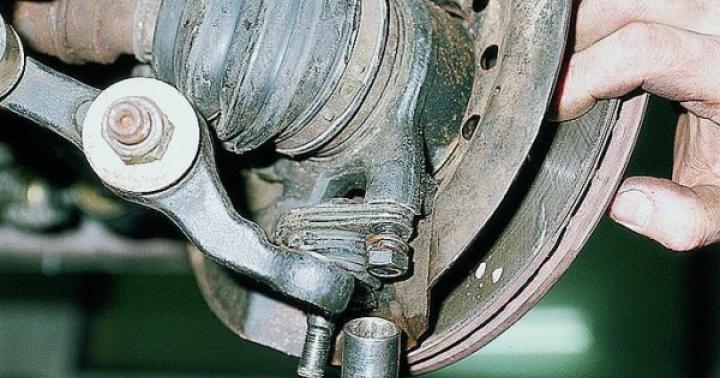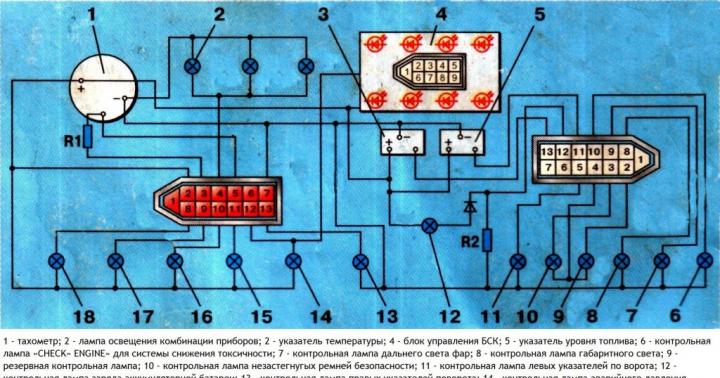Automotive oil plays an important role in the operation of almost all systems. With its shortage or complete absence, the details of the mechanisms with constant friction begin to wear out and become unusable. Therefore, it is necessary to monitor the fluid level and replace it in time.
Every motorist knows that the gearbox consists of several shafts with gears rotating on bearings and constantly rubbing against each other.
In working condition, high pressure is created in the gearbox, its internal parts are in constant motion. Due to this, gear oil is produced over time, in contact with parts, the oil film is destroyed and, for this reason, metal elements seize.
Characteristics of gear oils
To prevent the consequences of mechanical friction processes and adverse external influences, there is a viscous oil with special additives. Its distinctive feature is that the oil film is sensitive to various kinds of influences and persists for a long time.
The composition of gear oils is similar to lubricants for motors. They contain similar components that prevent the formation of rust and rapid wear of parts, only the proportions are different.
Transmission fluid consists of chemical components such as phosphorus, chlorine, sulfur, zinc, which strengthen and strengthen the oil film. Due to this, it better withstands mechanical stress and increased pressure.
Varieties of oil bases
Gear oil is divided into three types based on:
- mineral;
- synthetic;
- semi-synthetic.
It is up to you to decide which type to choose, the main thing is not to make a mistake and not to mix "synthetics" with mineral water.
Synthetic based oil
When compared with mineral-based oil, synthetic oil has better fluidity, which has a very positive effect on the overall operation of the car at low air temperatures.
If we take into account the extreme differences in operating temperatures, then fluid leaks through the seals can be observed. But, as a rule, such troubles are most often found in cars with experience.
The main advantage of the synthetic base is the possibility of its use in a wide temperature range, so it is still considered all-weather.
Semi-synthetic oil
This type of oil is somewhere between mineral and synthetic. In terms of its properties, it is much better than “mineral water”, and in terms of cost it is an order of magnitude cheaper than “synthetics”.
Mineral based oil
Mineral oil is in high demand. It gained its popularity due to its low cost.
Manufacturers are trying to improve its quality by adding sulfur additives in large quantities.
Gear oils for different types of gearboxes
In addition to different bases, gear oils differ in properties. They are divided into two types:
- automatic transmission oil;
- manual transmission oil.
Oil for manual transmission
All internal parts of the gearbox require good lubrication and must therefore be completely immersed in oil. There are modifications in which complex mechanisms and they are especially loaded, then this lubricant will not be enough. In such situations, oil under pressure is given a forced supply.
The main functions of oil for "mechanics" (MTF marking):
- reduce mechanical stress;
- remove metal microparticles and heat.
Oil for automatic transmission
Automatic transmission oil is more demanding and is similar to hydraulic fluid. The main function of this oil is to transfer mechanical energy throughout the transmission. In principle, automatic transmission oil can also be used for manual transmissions, but it will cost much more.
The main functions of the oil for the "machine" (MTF marking):
- lubricates rubbing parts and mechanisms;
- creates a liquid environment;
- adds smoothness to the operation of mechanisms;
- protects against rust;
- removes heat;
- have a high degree of viscosity;
- prevents the formation of foam;
- has less damaging effect on seals and elastomers;
- resistant to oxidative processes.
The most famous automatic transmission oils
| brand | ||||
| Dexron 3 | Euromax ATF | Mobile Delvac ATF | ||
| Description | Meets the latest requirements of automotive production. | Special gear oil for expensive foreign cars. | Oil for winter use. | |
| purpose | For models with automatic transmissions, Steptronic, Tiptronic, etc. | For models: Mitsubishi, Chrysler Diamond, Ford Mercon, Nissan, Toyota, etc. | For trucks, buses, etc. | |
| Toyota ATF | Honda ATF | |||
| Description | Contains special additives to prevent rust and wear. | The composition includes components that provide protection to seals and elastomers. | ||
| purpose | Toyota and Lexus. | All brands of Honda. | ||
The difference in gear oil by viscosity level

Oil viscosity is another important characteristic of a transmission fluid. There are two classification types: SAE and API.
- 1. API is divided into 7 groups, the most popular are GL-4 for moderate loads and GL-5 for increased loads.
- SAE is divided into three groups: all-weather, winter and summer.
In the table "Transmission oils for certain models of domestic and foreign production" you can see the most common transmission fluids, their degree of viscosity and some other characteristics.
| Oil brand | |||||
| Mobile 1 SHC | Lukoil TM-5 | Castrol Suntrans Transaxl | |||
| Description | Universal oil for manual transmissions, hypoid and other gears, synthetic, all-weather. | Semi-synthetic manual transmission oil for different types of gears, semi-synthetics. | Synthetic oil for manual transmissions, gearboxes in a block with final drives and transfer cases (PSNT). | ||
| SAE | 75W/90 | ||||
| API | GL4 | GL5 | GL4 | ||
| Toyota | Mobile GX | Lukoil TM-5 | |||
| Description | Synthetic oil for manual transmission, rear axle gearbox with hypoid gears, steering column | For combined gearboxes with front-wheel drive | For boxes of any type, steering and razdatki. | ||
| SAE | 75W/90 | 80W | 85W/90 | ||
| API | GL4/GL5 Diamond ATF SP-3, Hyundai Kia ATF | mobil 1, Hyundai Kia MTF,; for automatic transmission - |
|||
| API | GL4/5 | GL4 | GL-4/5 | GL4 | GL4 |
| SAE | 75W/90 | 75W/90 or 80W/85 | 75W/90 or 80W/90 | 75W/90 | 75W/90 |
Features of changing transmission oil

In modern models of cars with a new type of automatic transmission, an oil change is not provided, it is filled for a full operational period. In such gearboxes, you will not be able to find out the oil level, since there is no dipstick. In practice, sometimes there are situations when there are problems with the box and after the diagnosis, the specialists still make an oil change even in expensive models.
In conventional car models, an oil change should be made after 80 thousand km. mileage, according to average data, this happens about once every 2 years. Such standards are set for good vehicle operating conditions: good roads, moderate climate, no traffic jams, etc.
You should also monitor the color and smell of the oil. If it is noticeably darker and has a burning smell, then it's time to replace it. If in doubt, then contact a car service, where they will diagnose you and change the fluid.

The cost of transmission fluid has a wide range. The most inexpensive manual transmission oil costs around 100 rubles. The price of oil for an “automatic machine” is 250-1000 rubles: the most inexpensive brand is Chevron ATF, the most expensive is Motul ATF.

